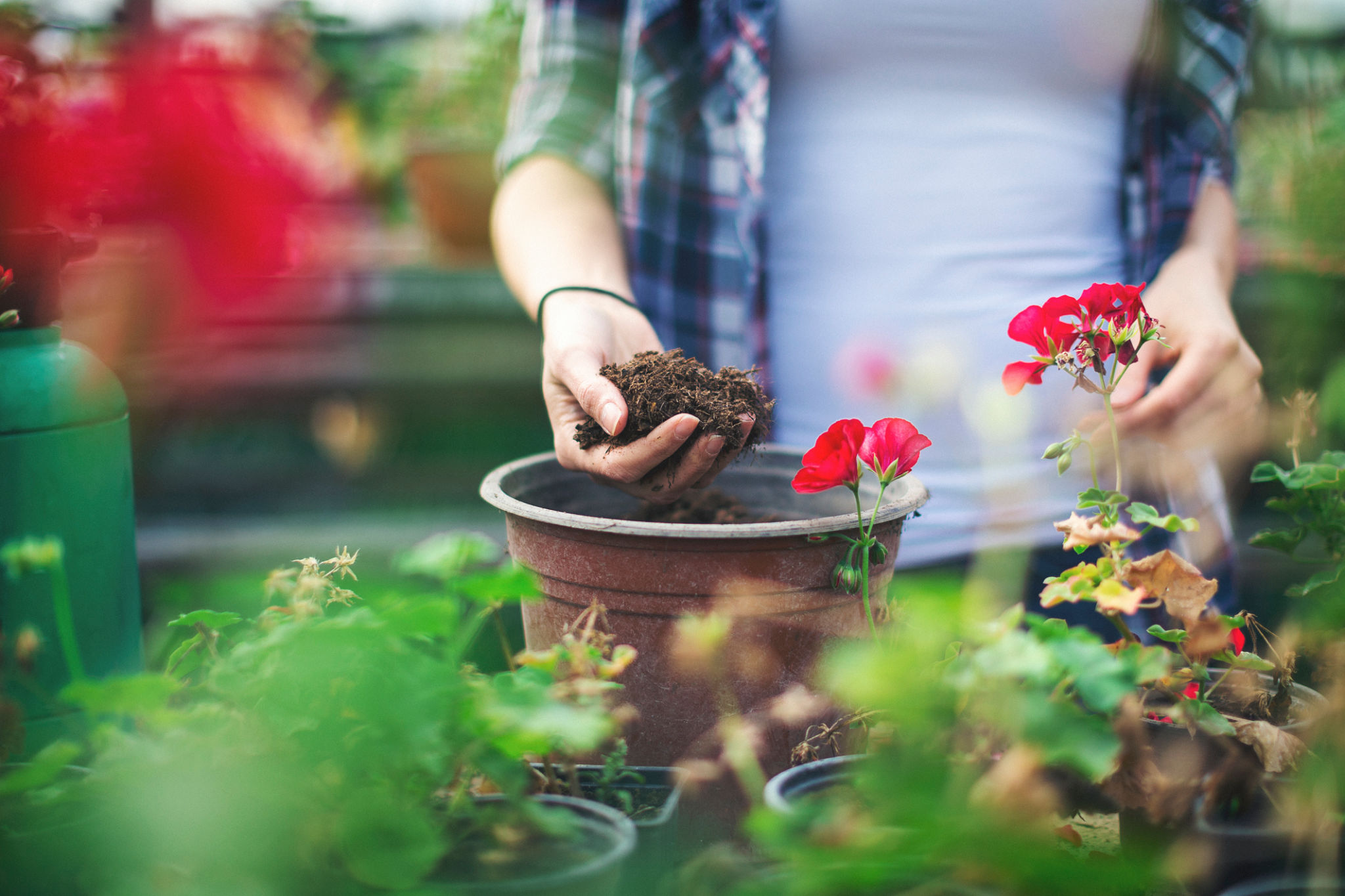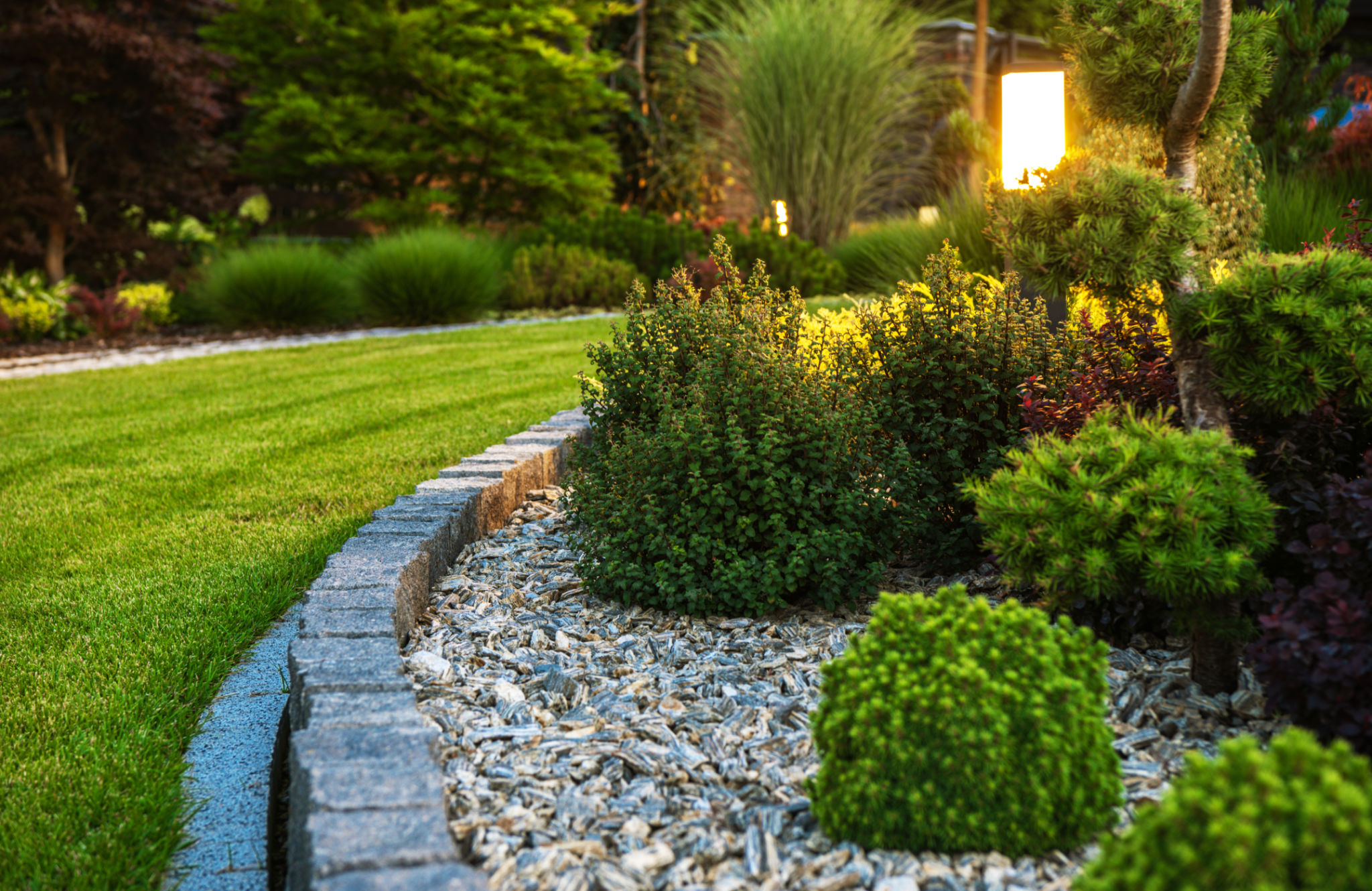The Ultimate Guide to Native Plant Gardens in Northwest Indiana
Understanding Native Plant Gardens
Native plant gardens have gained popularity for their beauty, sustainability, and ability to support local ecosystems. For residents of Northwest Indiana, creating a native plant garden is an excellent way to enhance your landscape while promoting biodiversity. These gardens are composed of plants that naturally occur in the region, making them well-suited to the local climate and soil conditions.
One of the primary benefits of using native plants is their low maintenance requirements. Since these plants have adapted to the local environment, they require less water, fertilizer, and pest control, which can save you time and resources. Additionally, native plants provide critical habitats for pollinators like bees and butterflies, which are essential for maintaining healthy ecosystems.

Choosing the Right Plants
Selecting the right plants is crucial for the success of your native plant garden. In Northwest Indiana, there are several species to consider, each with unique characteristics and benefits. Some popular choices include:
- Black-eyed Susan - Known for its vibrant yellow petals and easy maintenance.
- Wild Bergamot - Attracts pollinators with its fragrant purple blooms.
- Purple Coneflower - Offers stunning color and is drought-resistant.
- Prairie Dropseed - Adds texture and movement to your garden with its graceful grass-like appearance.
When selecting plants, consider the specific conditions of your garden, such as sunlight exposure, soil type, and moisture levels. This will help ensure that your chosen plants thrive in their environment.

Designing Your Garden
Designing a native plant garden involves more than just choosing plants; it requires thoughtful planning and layout. Start by considering the overall shape and size of your garden space. Arrange plants in layers, with taller species at the back or center and shorter plants at the edges. This not only creates visual interest but also ensures that all plants receive adequate sunlight.
Incorporate a variety of plant types, including flowers, grasses, and shrubs, to create a diverse and resilient ecosystem. Group plants with similar water and sunlight needs together to simplify care and maintenance. Adding features such as paths or seating areas can enhance your garden's functionality and aesthetic appeal.

Caring for Your Native Plant Garden
Although native plant gardens are low-maintenance, they still require some attention to thrive. Regularly monitor your garden for invasive species that may compete with native plants. Remove weeds promptly to prevent them from spreading.
Watering is typically only necessary during prolonged dry spells. Native plants are adapted to local rainfall patterns, so over-watering can be detrimental. Mulching can help retain soil moisture and suppress weed growth while adding organic matter to the soil as it breaks down.
Supporting Local Wildlife
A well-designed native plant garden can become a haven for local wildlife. By providing food sources such as nectar-rich flowers and seed-producing plants, you can attract a variety of birds, butterflies, and beneficial insects. Consider incorporating a water source like a birdbath or small pond to further support wildlife in your garden.
To create a balanced ecosystem, it's important to avoid using pesticides and herbicides. These chemicals can harm beneficial insects and disrupt the natural balance of your garden. Instead, focus on encouraging natural predators like ladybugs and predatory beetles to manage pest populations.

Conclusion
Creating a native plant garden in Northwest Indiana is a rewarding endeavor that benefits both the gardener and the environment. By selecting appropriate plants, designing thoughtfully, and maintaining your garden with care, you can enjoy a beautiful landscape that supports local biodiversity. Whether you're an experienced gardener or a novice looking to make a positive impact on your surroundings, a native plant garden offers endless possibilities for creativity and environmental stewardship.